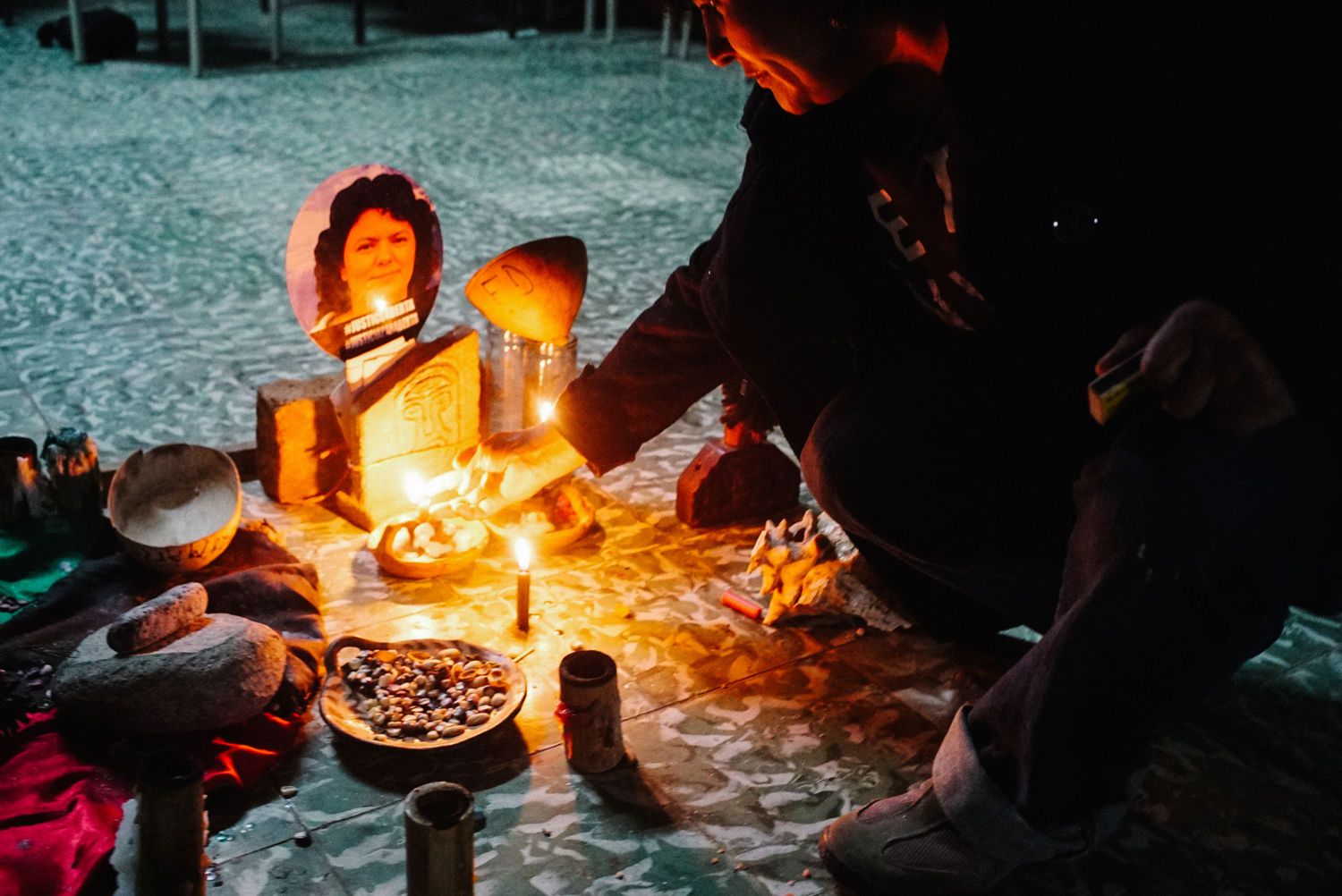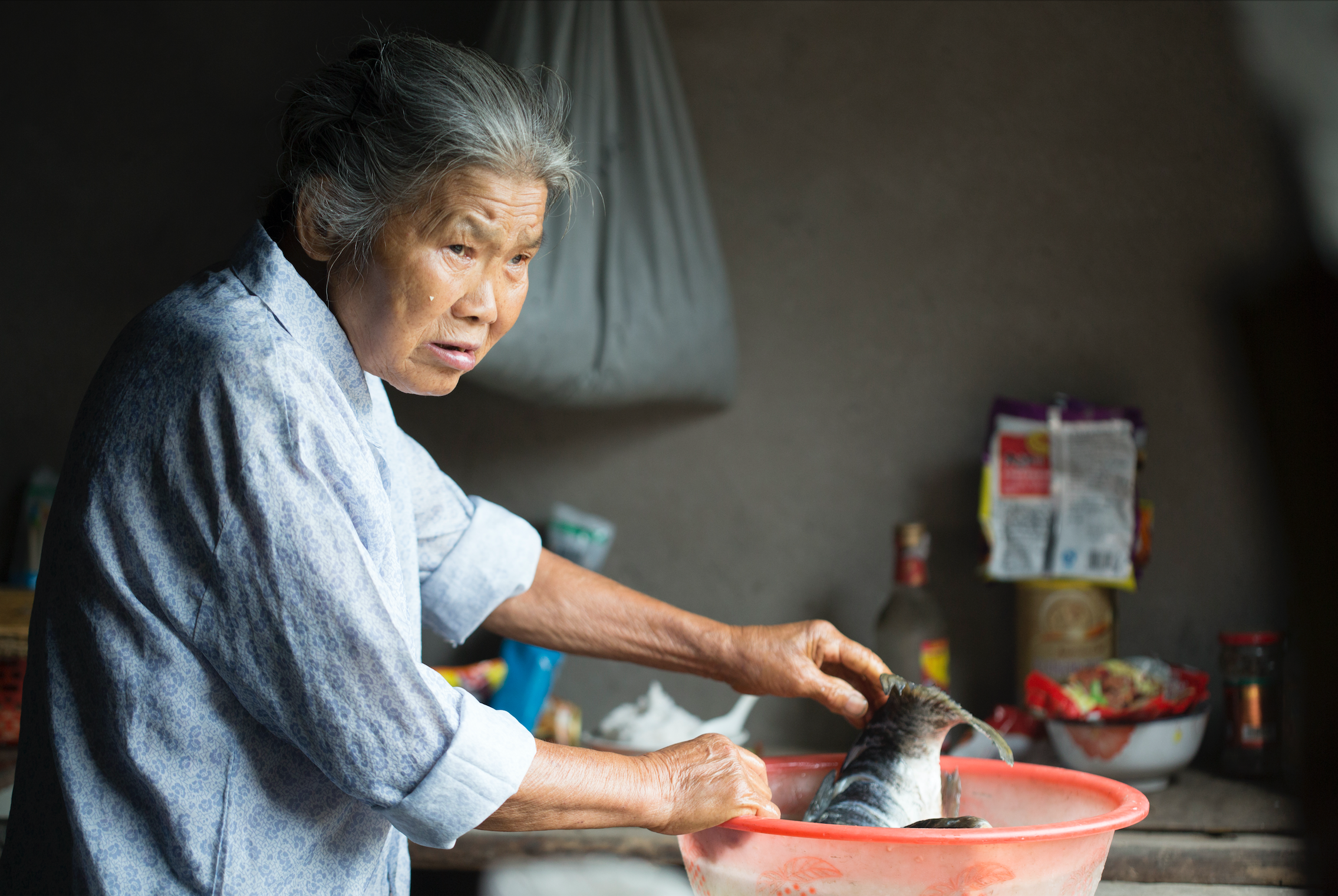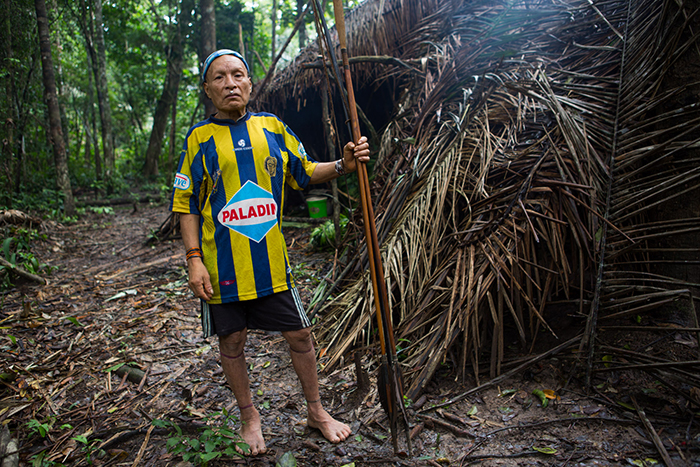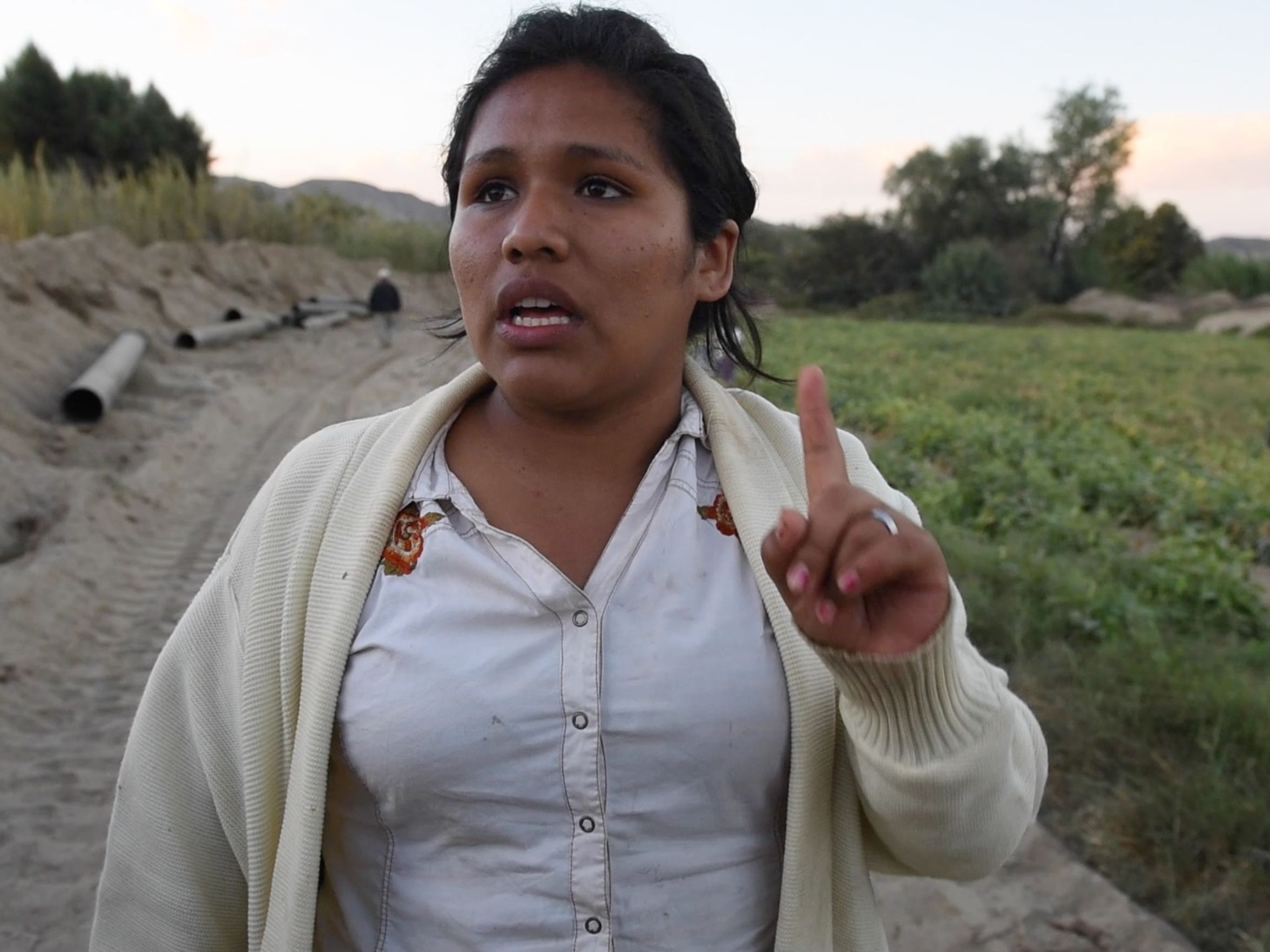Introduction:
1. The Merriam-Webster dictionary defines "infrastructure" as "the system of public works of a country, state, or region; also : the resources (such as personnel, buildings, or equipment) required for an activity." Take one minute to make a list of the infrastructure, or resources (people/buildings/equipment), that you use to go to school every day. Try to list as many items as you can. Be prepared to share your responses as a class.
3. Of the resources you listed, which were constructed and/or funded by the government?
4. If the government or a private company wanted to build a road, dam, or railroad for the community on land you own, what do you think that they would have to do?
5. Is the process different if the land is being claimed by the government or a private company?
6. What is an area of your community that is important to you, but that you don't own. How would you respond if the government, or a private company, wanted access to that land to build a public resource (a bridge, a school, etc.)?
Reading and Discussion:
Read journalist Fred Pearce's story, "In Honduras, Defending Nature Is a Deadly Business." As you read, document your responses to the following questions. Be prepared to discuss the questions with your class.
1. Who was Berta Cáceres?
- What influences shaped her activism?
- How did Berta Cáceres' Lenca, political, and environmental work and viewpoints relate to each other? How did her outreach and actions represent an overarching philosophy?
2. What was she campaigning against when she was killed?
- According to the Honduran government, who killed Cáceres?
- According to her friends, family, and various non-profit organizations, who killed her and why?
- What is Berta Cáceres' legacy?
- Was she the only activist killed in Honduras?
3. What factors led to Honduras being labeled the deadliest county for environmental activists?
- Government (including military)
- Economic
- Foreign governments and companies
4. What role did these factors play in Cáceres' death?
5. Is this issue unique to Honduras?
- What other examples are referenced in the article?
- Can you think of any recent examples of environmental activism? Were they similar or different from Cáceres' story?
Extension Activity:
1. As a class, identify current environmental issues or debates that are coming up in your community. Pick one that interests you. For inspiration, check out the following short films about issues that environmental activists for combatting throughout the world:
* "Drinking the Northwest Wind" by Sharron Lovell
* "From Deep Inside Peru's Rainforest, Isolated Tribes Emerge" by Andrew Lawler
* "The Costs of Peru's Farming Boom" by Steve Elfers and Ian James
2. Research the various sides of the issue. You can use organizational websites, magazines, newsletters, listservs, letters to editors, and other publications like news articles and academic books to research your topic and groups associated with it.
- Why is this an issue or debate?
- Who is involved?
- What is their message and how do they share it with the public?
- How do these groups, companies, organizations, government agencies, or individuals interact with each other?
- Is there a connection with other areas of debate or conflict in the community?
3. Create a presentation for class that covers these questions.
4. Share it with your classmates. After everyone has presented, discuss commonalities and differences between the topics.
Introduction:
If you want to learn more about eminent domain/compulsory purchase and zoning laws, most states, provinces, cities, or counties have local zoning commissions or boards that provide details.
For additional United States related resources
Ballotpedia's eminent domain page
PBS's NOW eminent domain page
The U.S. Department of Justice History of the Federal Use of Eminent Domain
Discussion:
If you want to talk more in-depth with your students about social movement theory, explore the theory of social movement spillover. It can help students understand and discuss the intersection of environmental activism and indigenous peoples movements.
One recent example of environmental and indigenous community activism that student might bring up is the protests over the construction of the Dakota Access Pipeline (also known as the Standing Rock protests).













